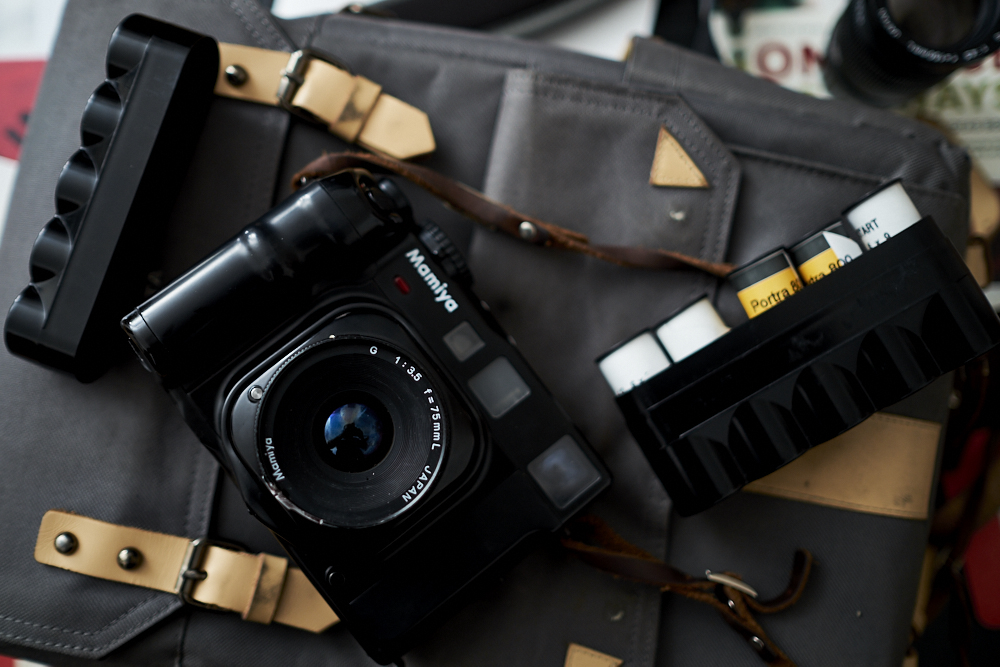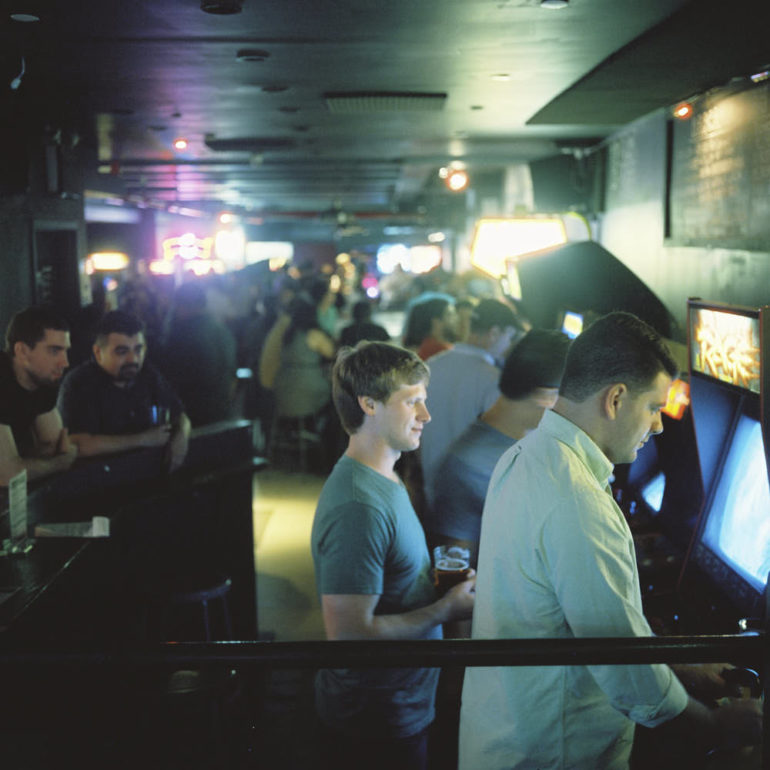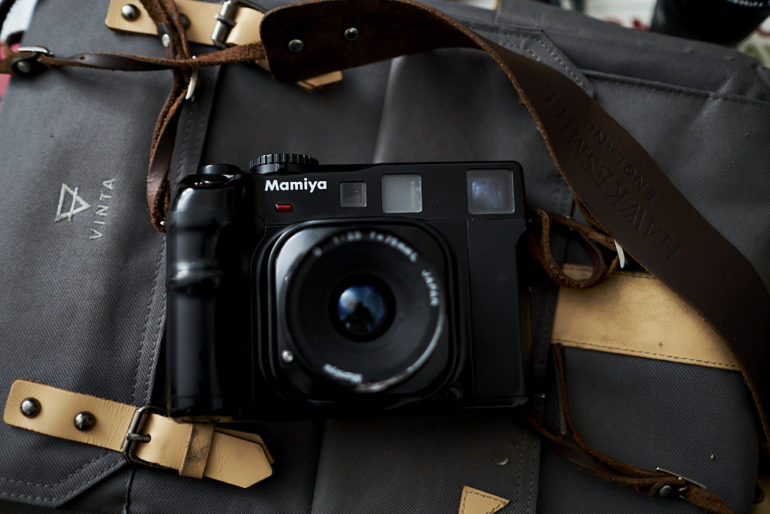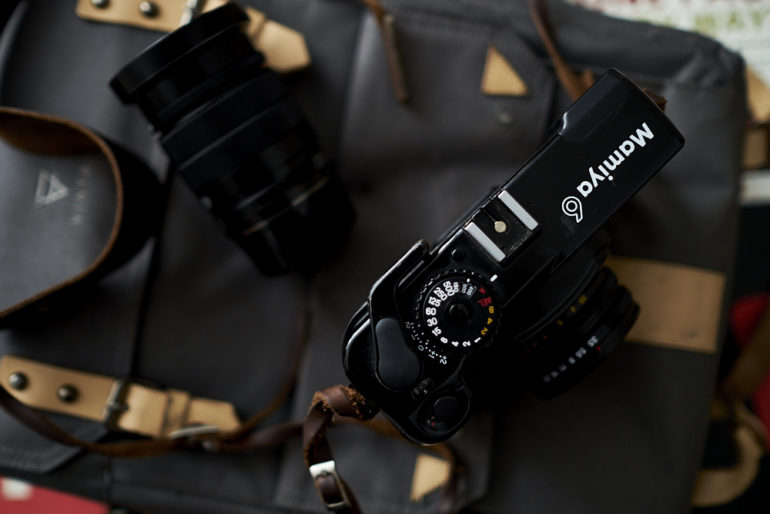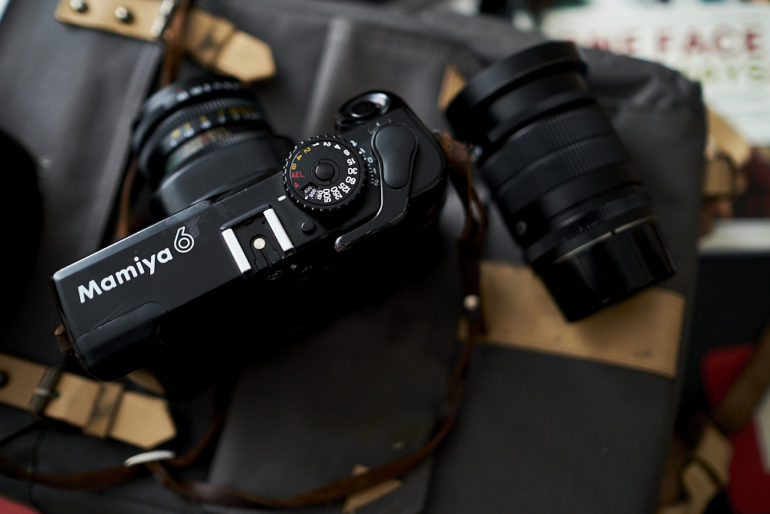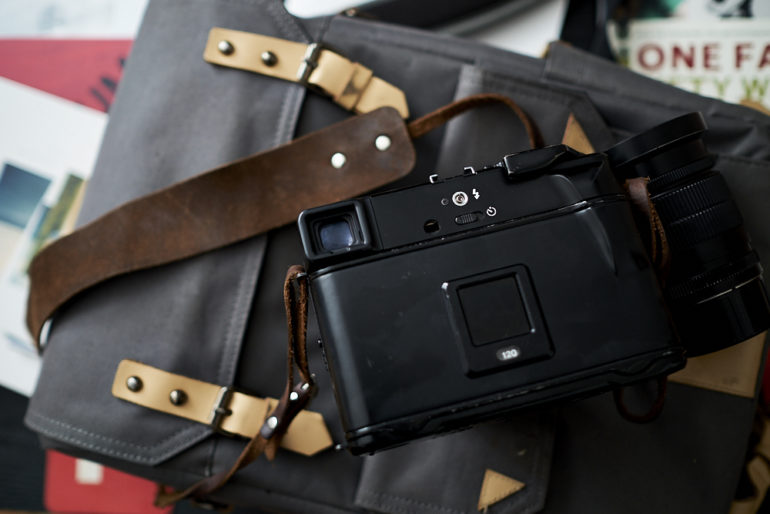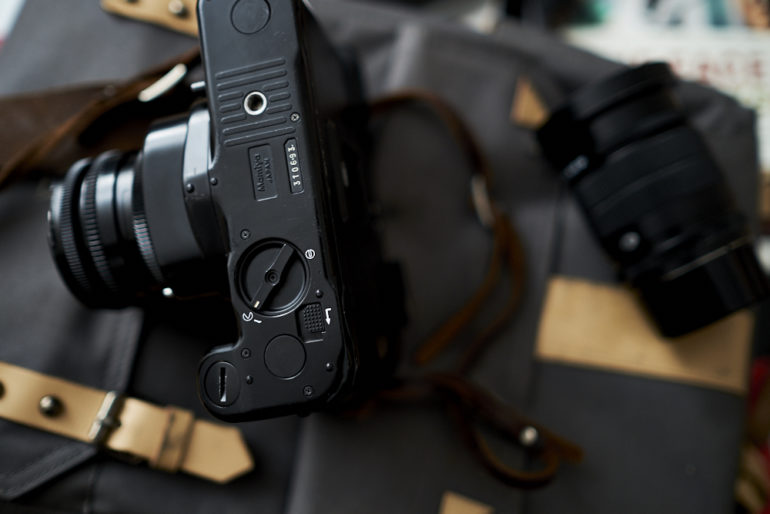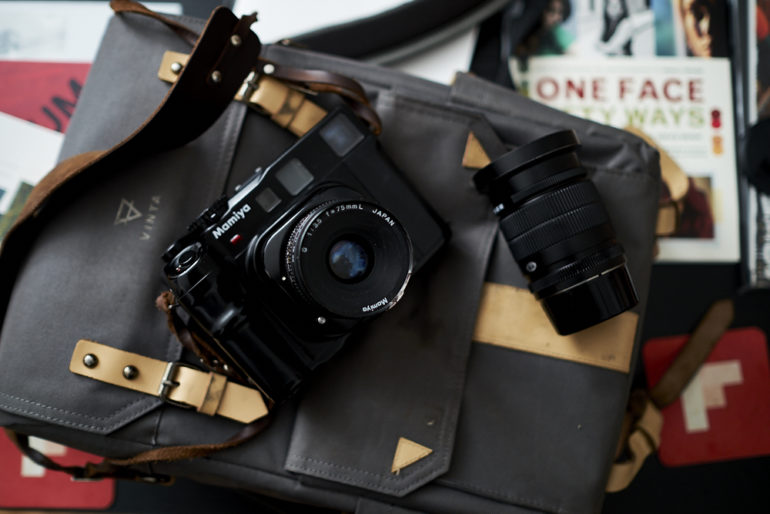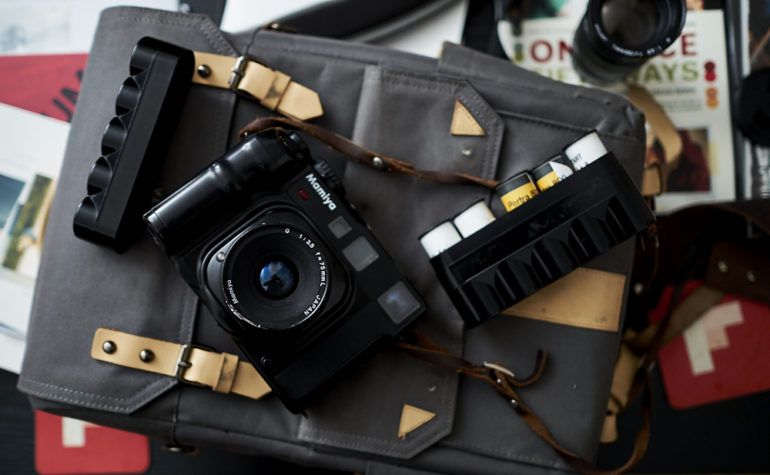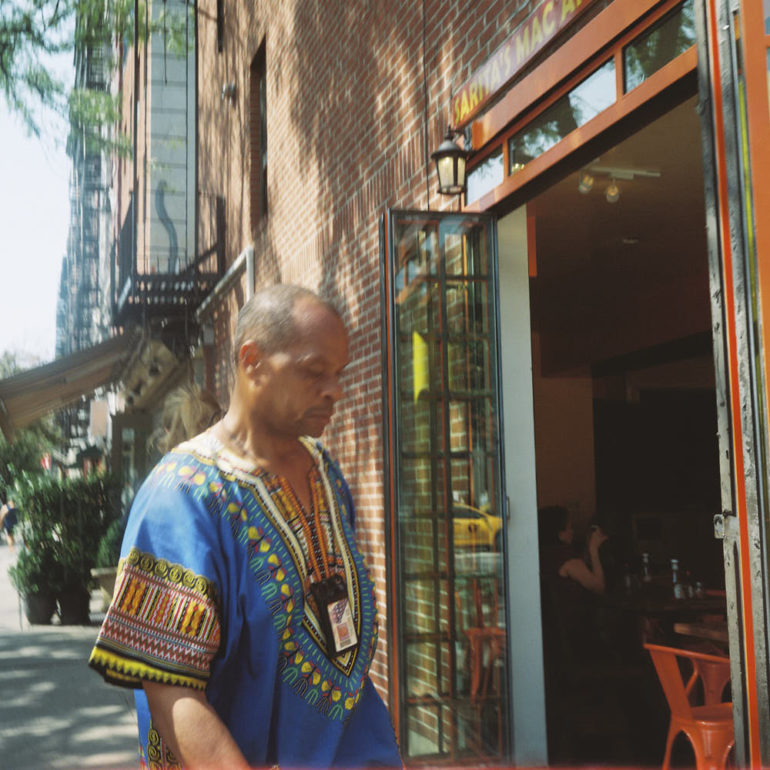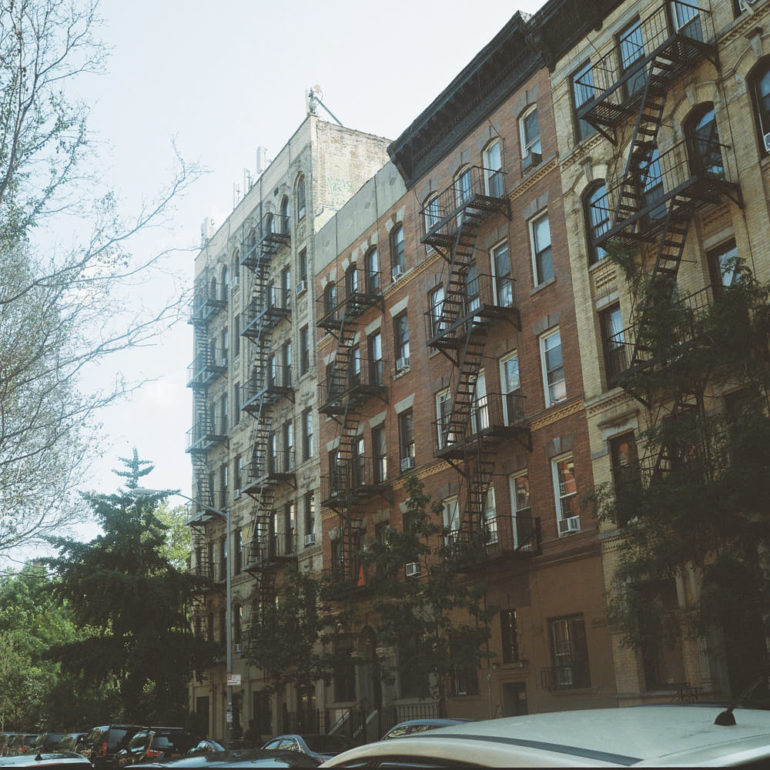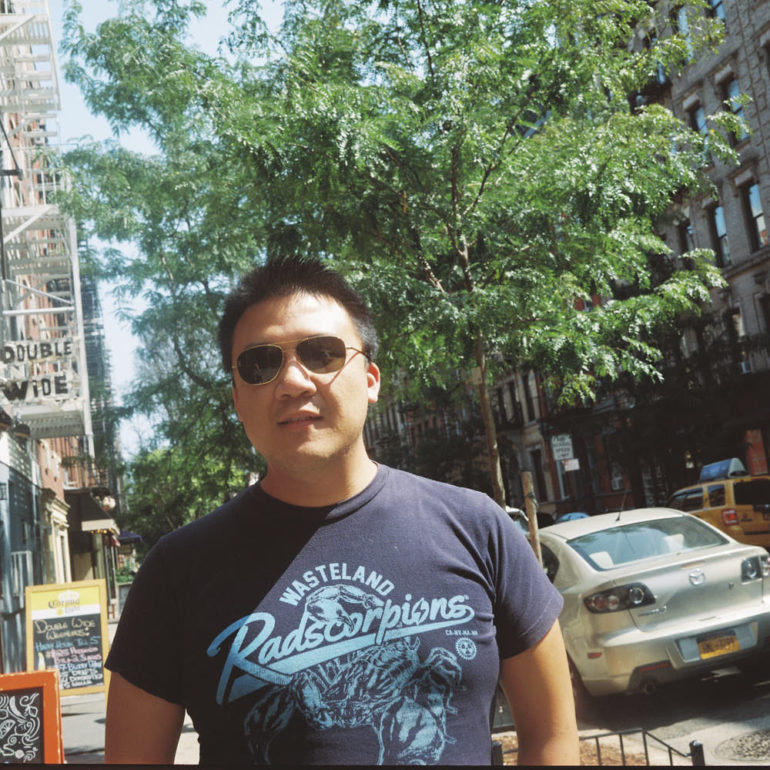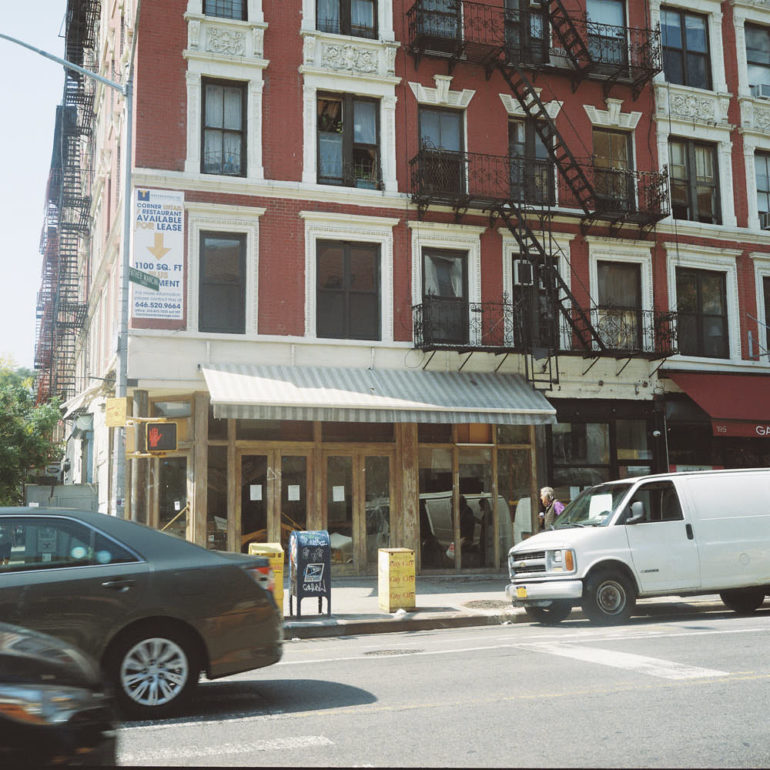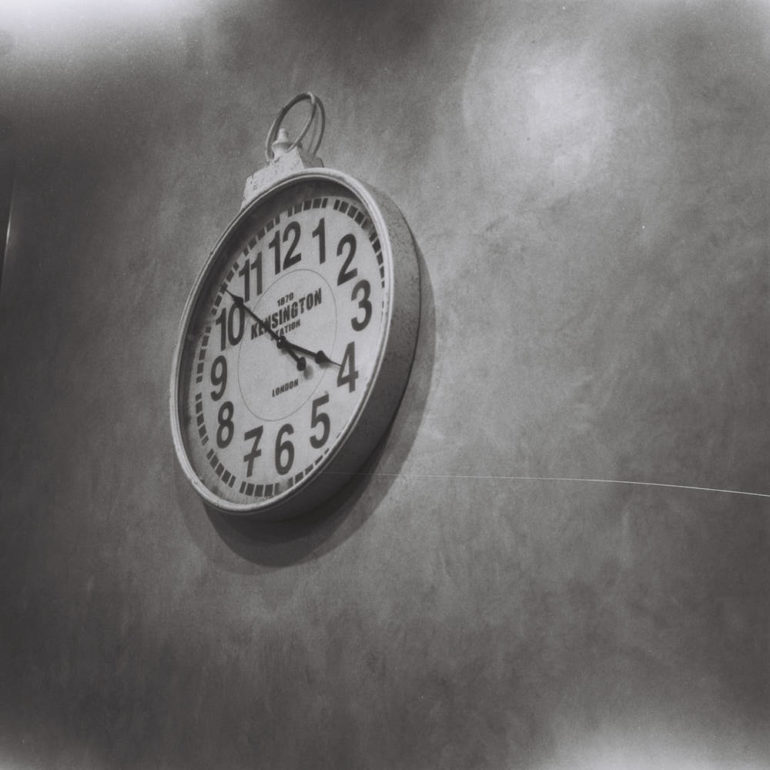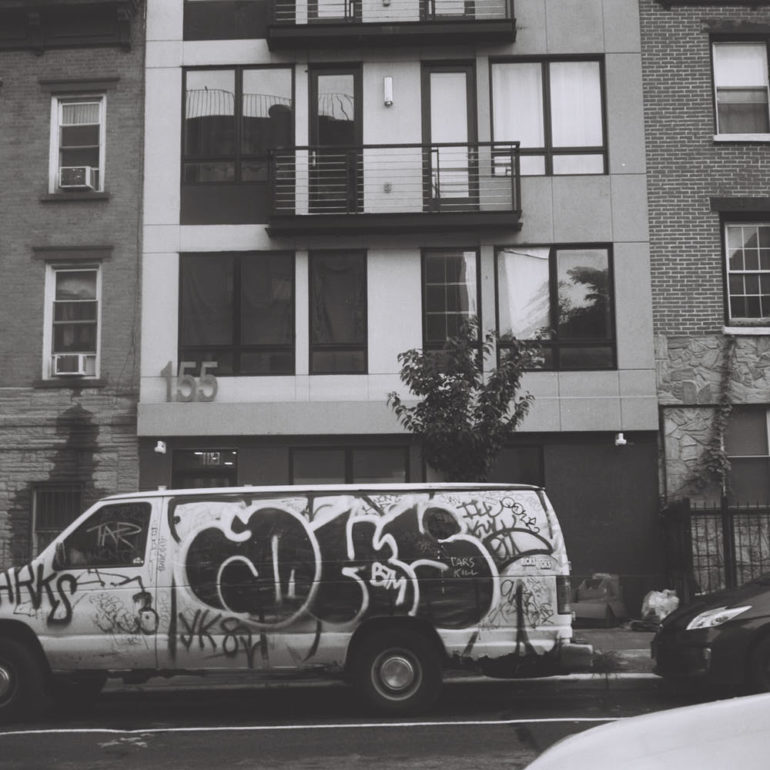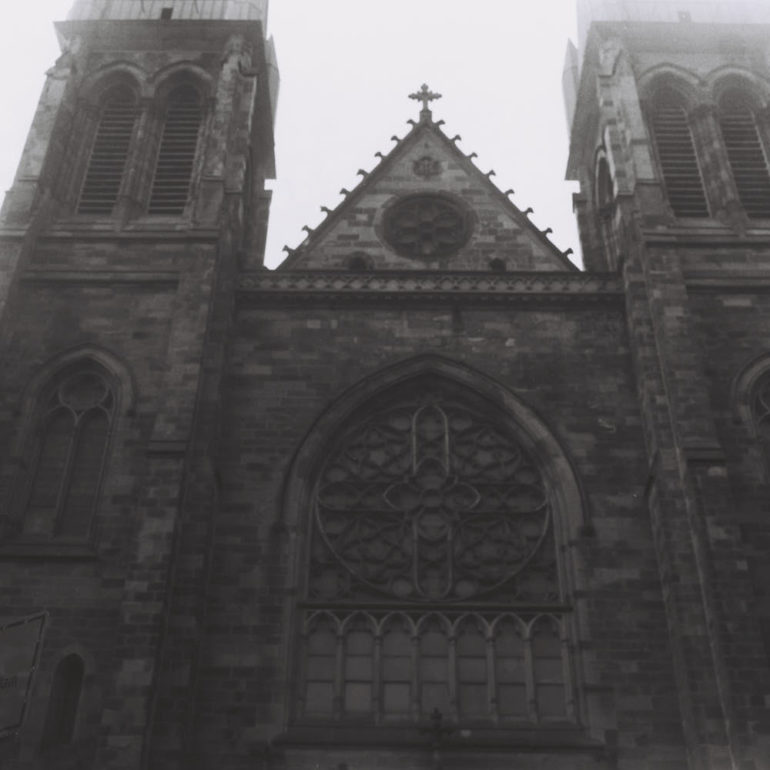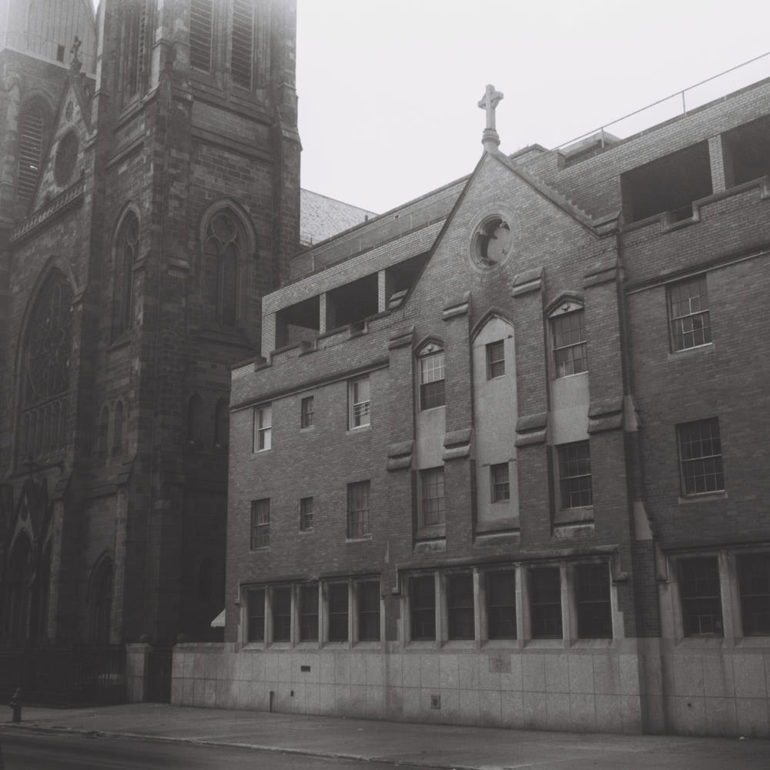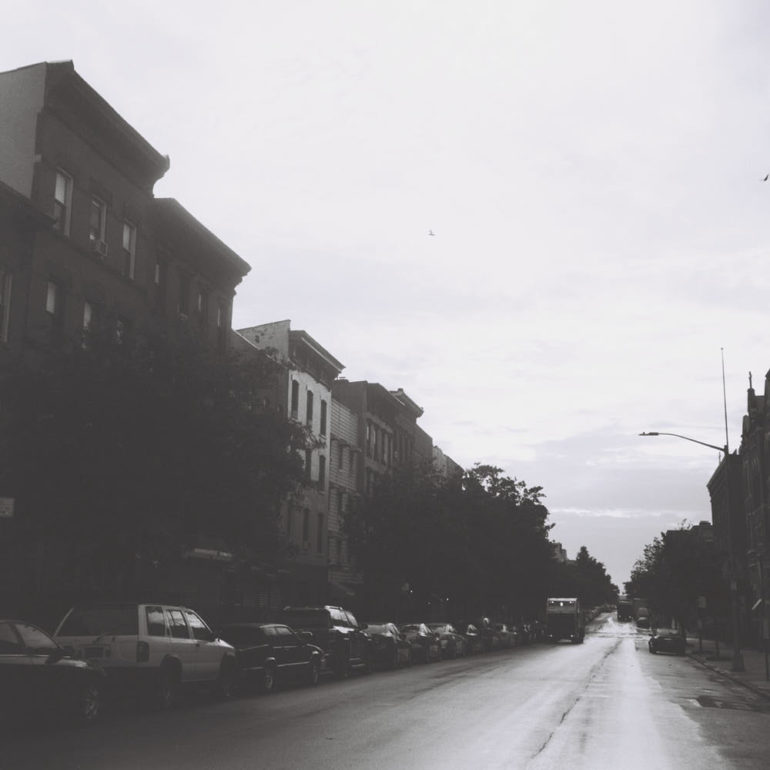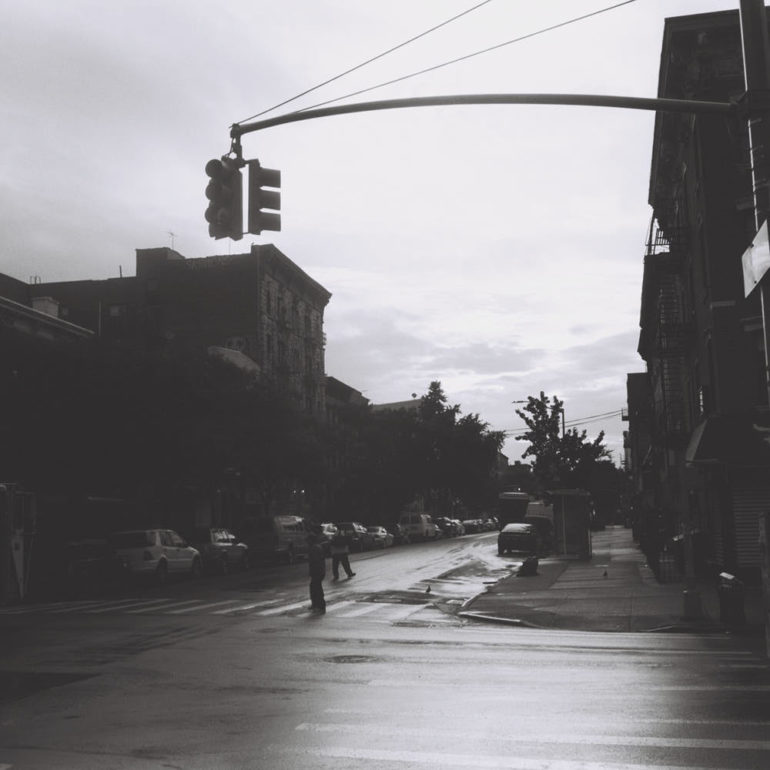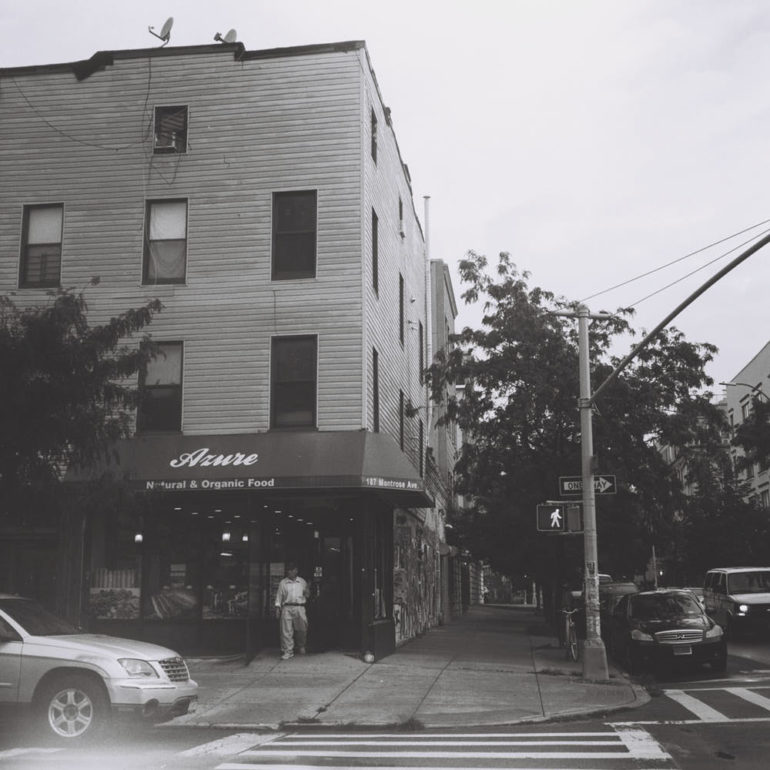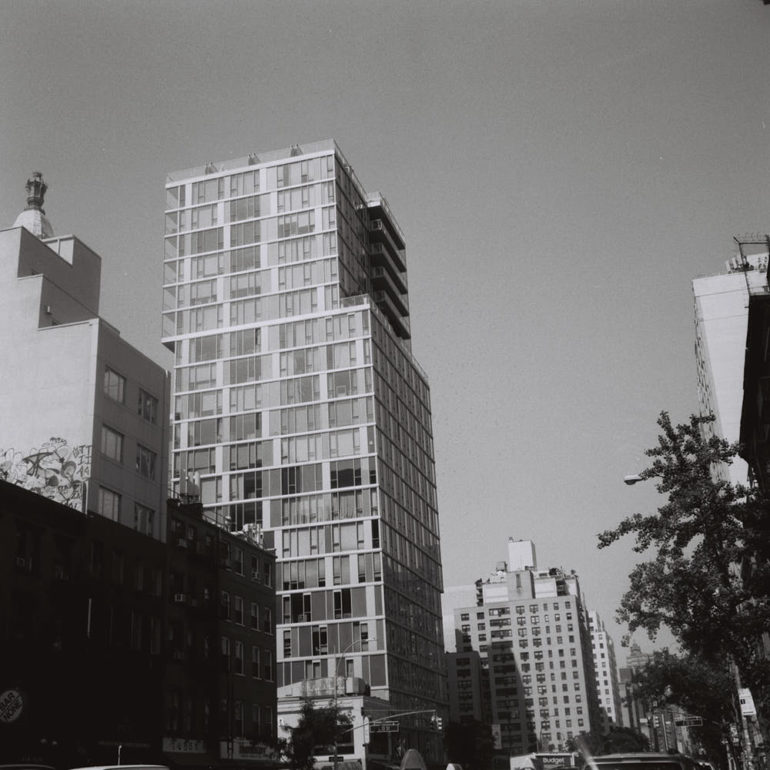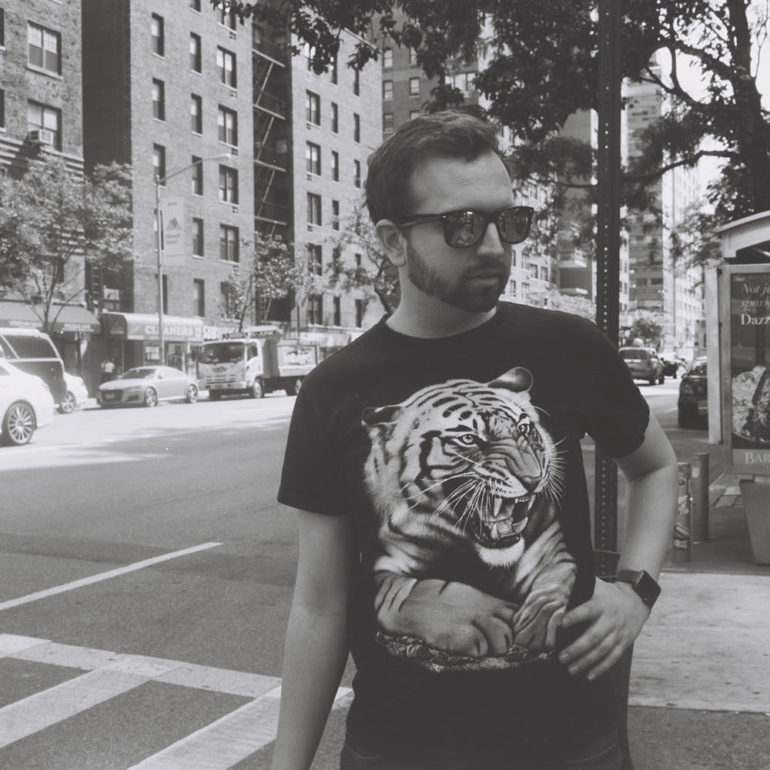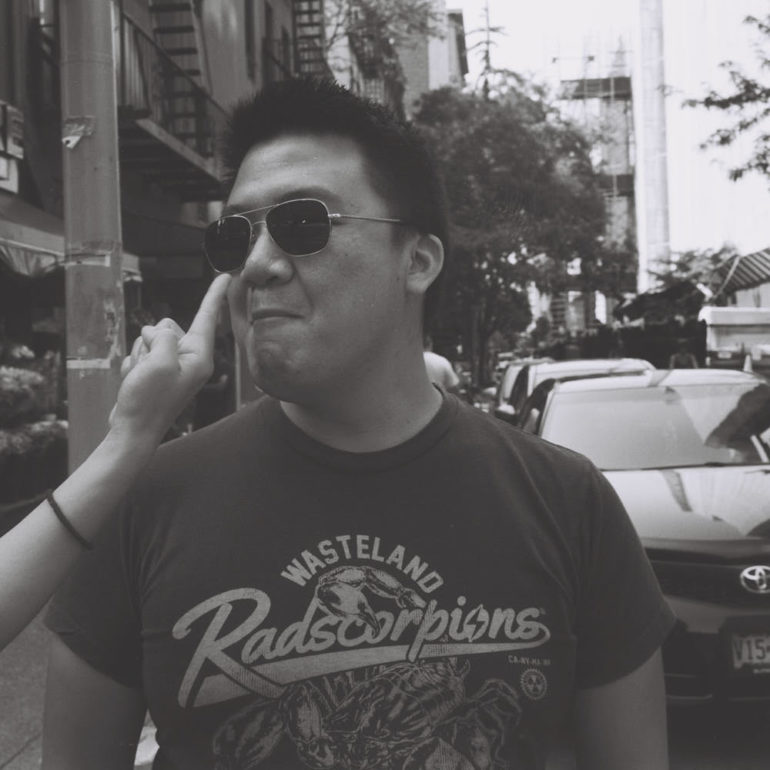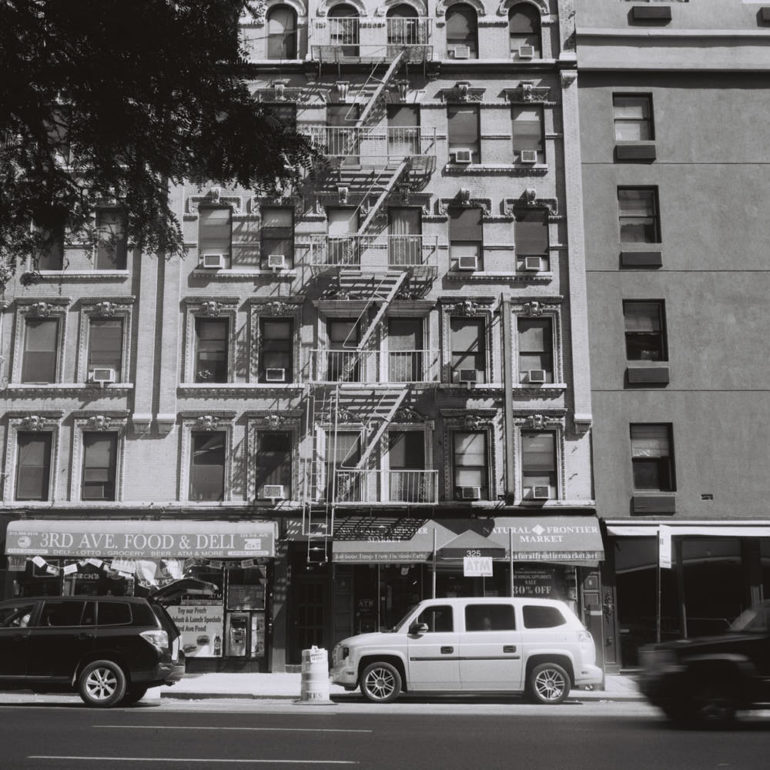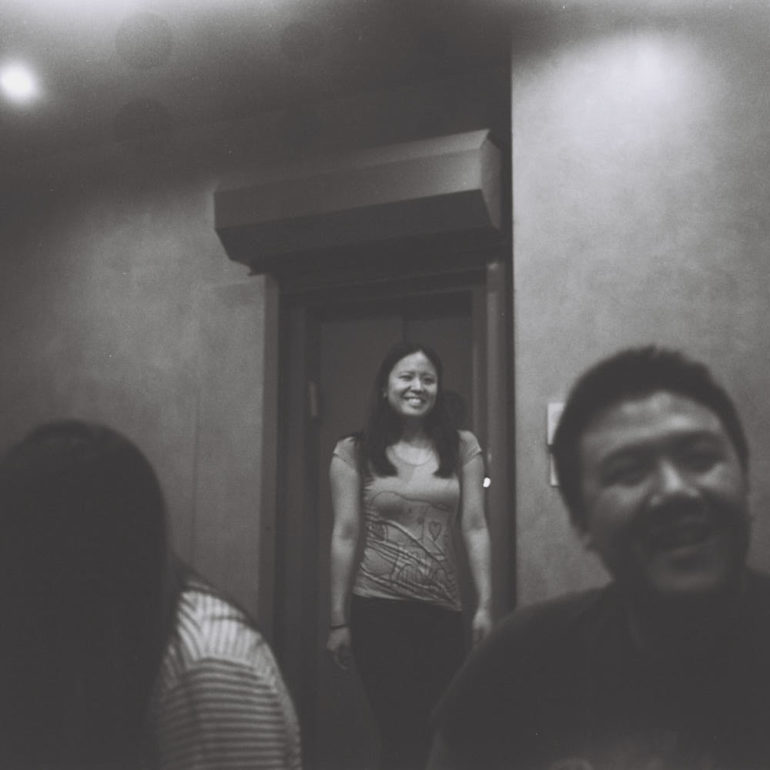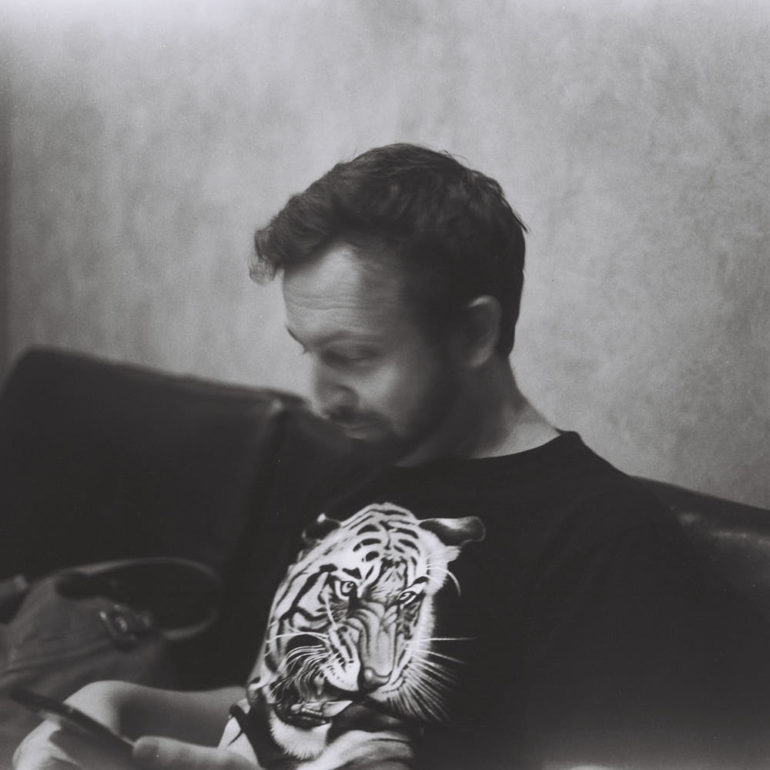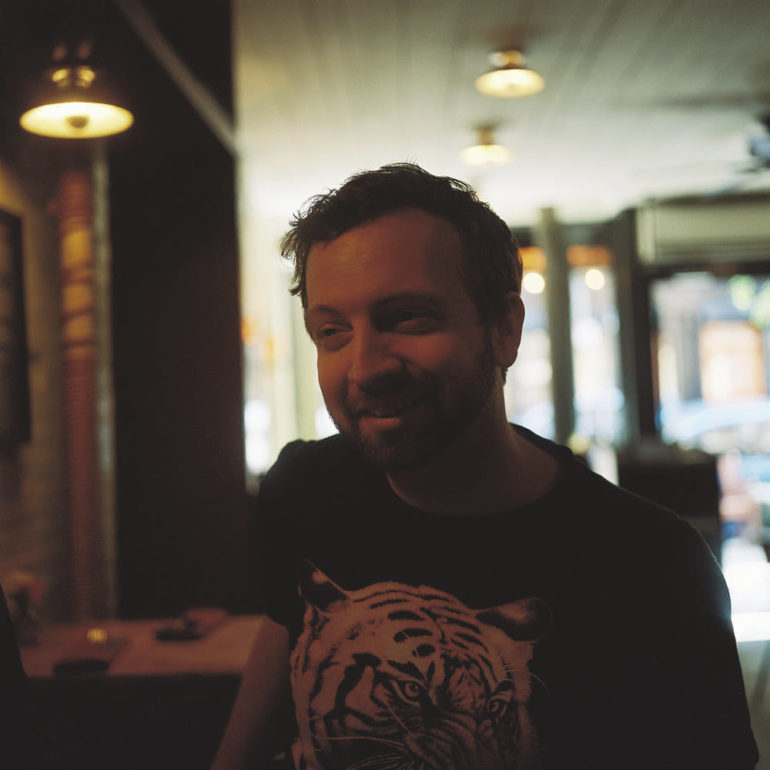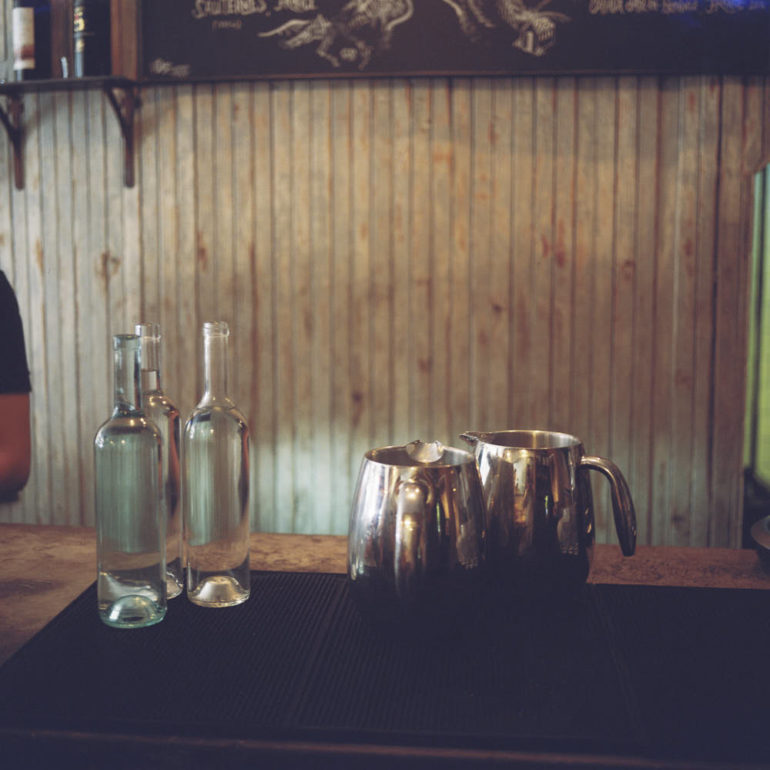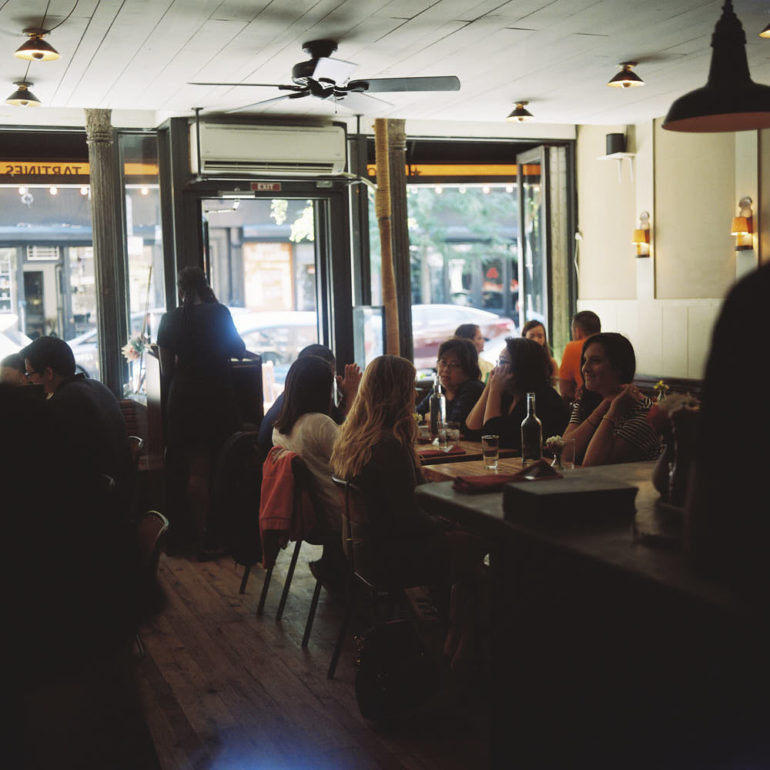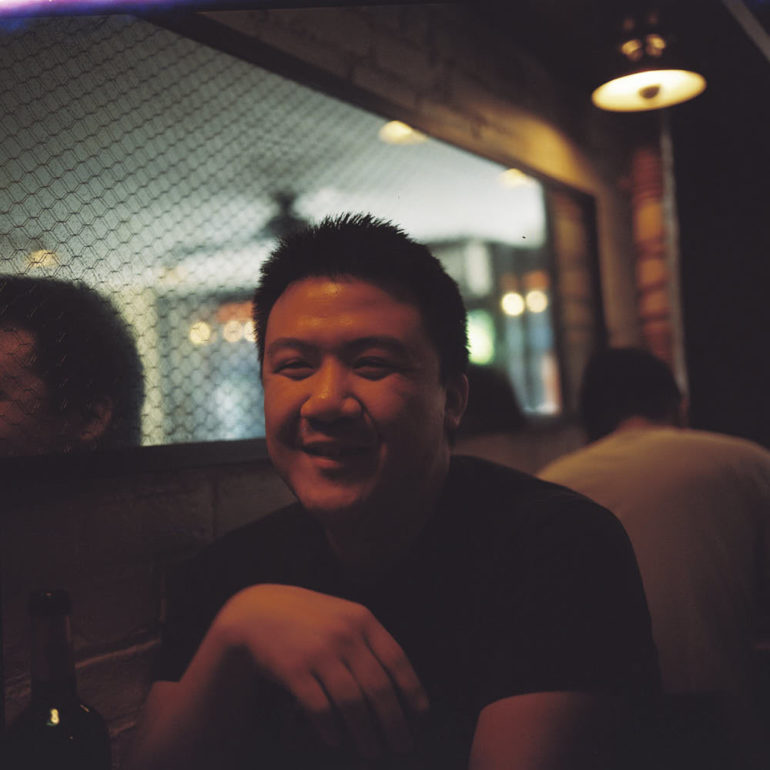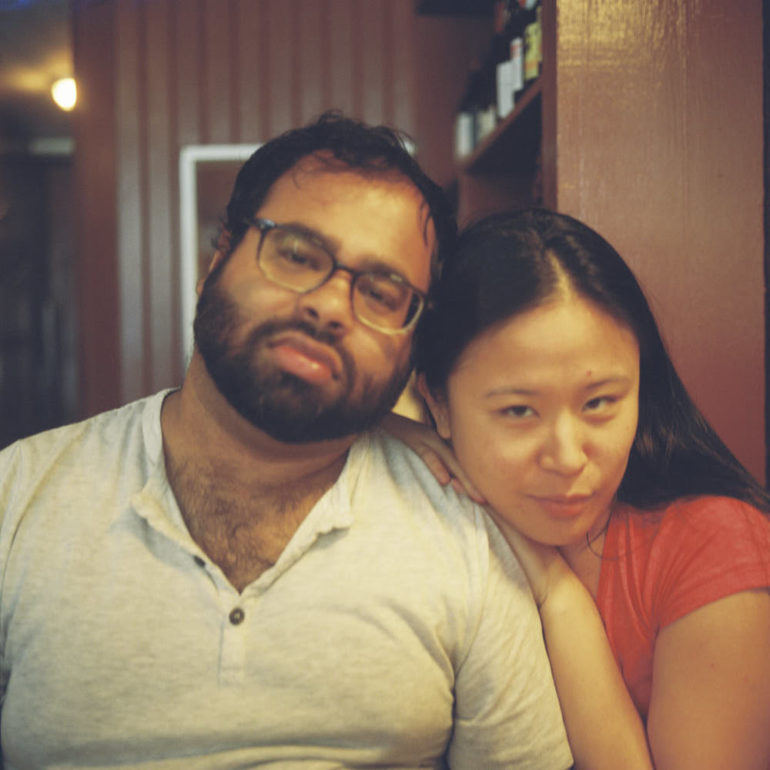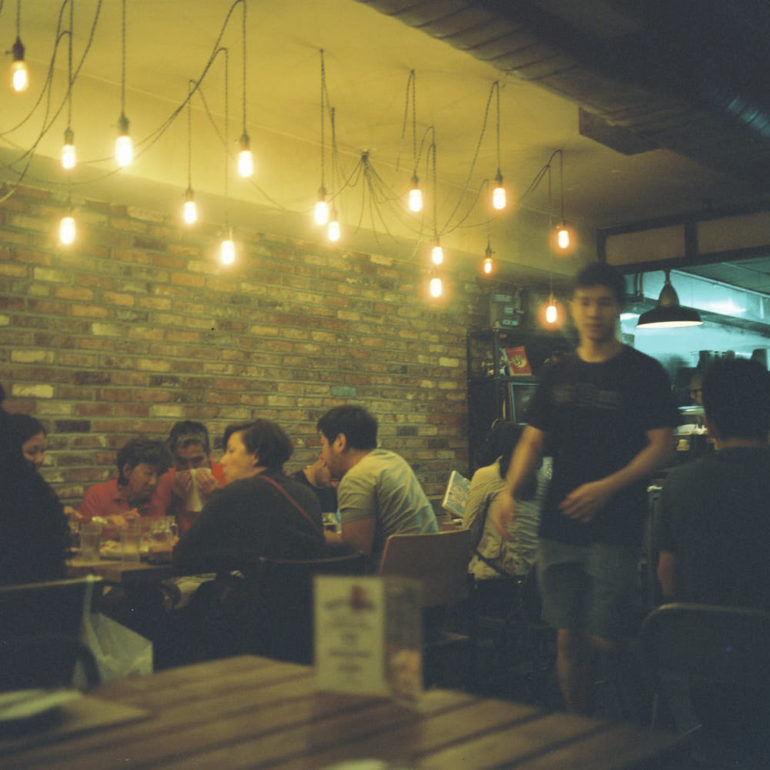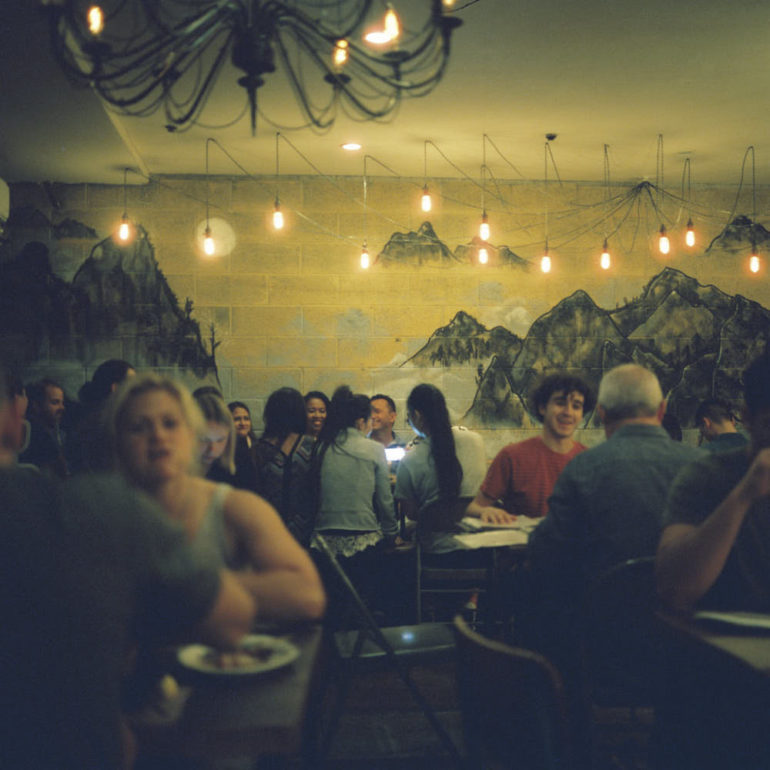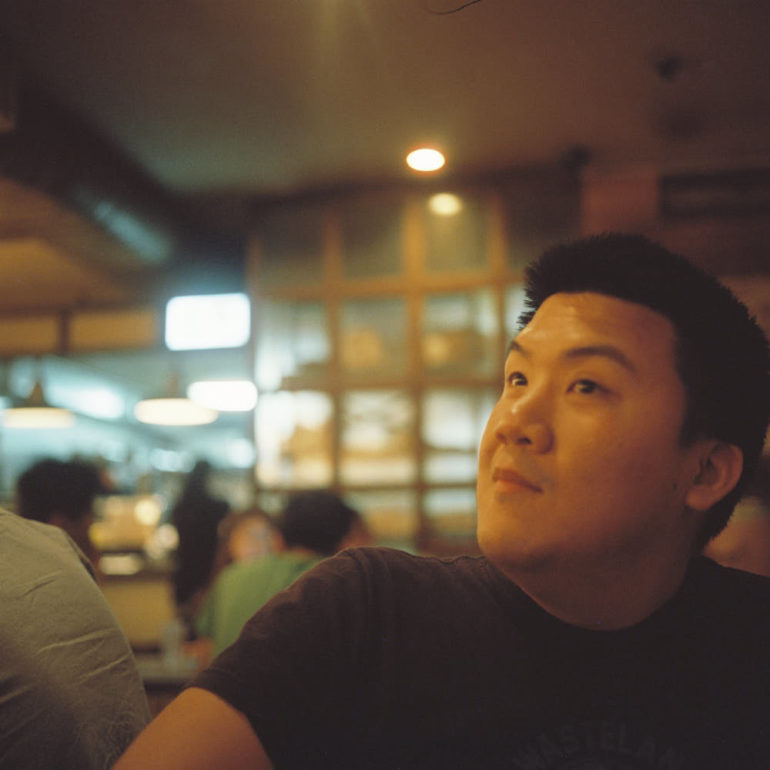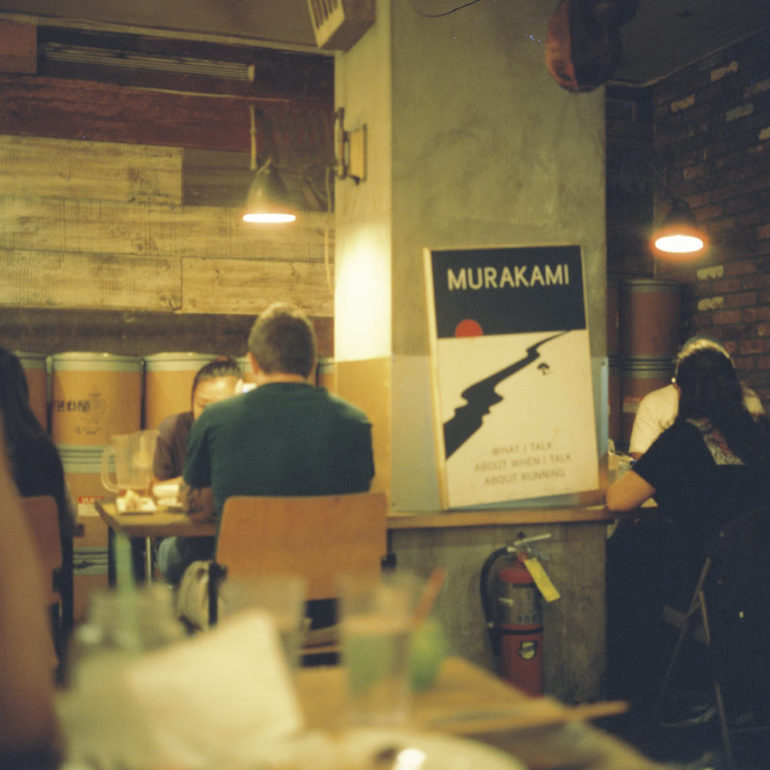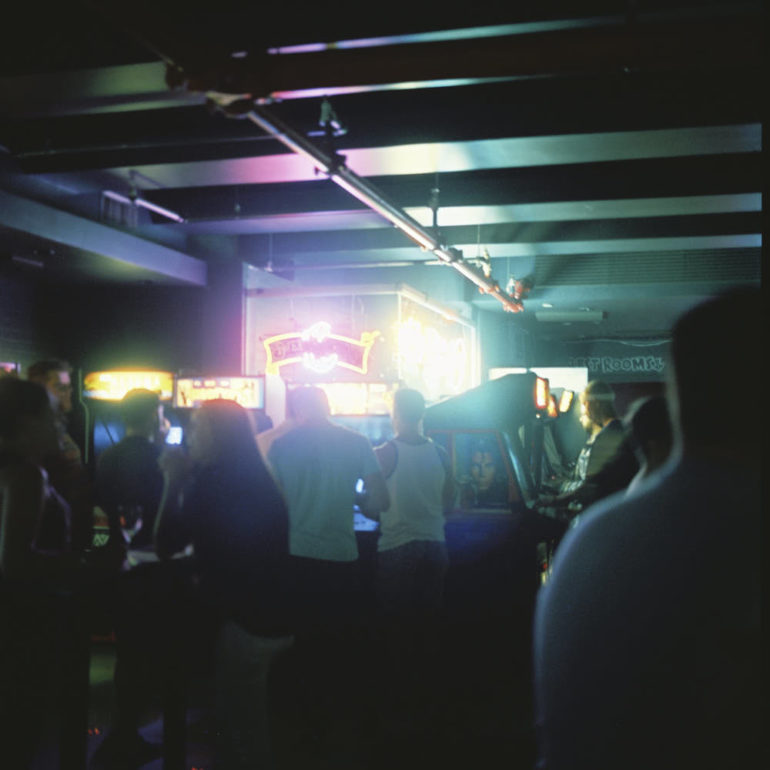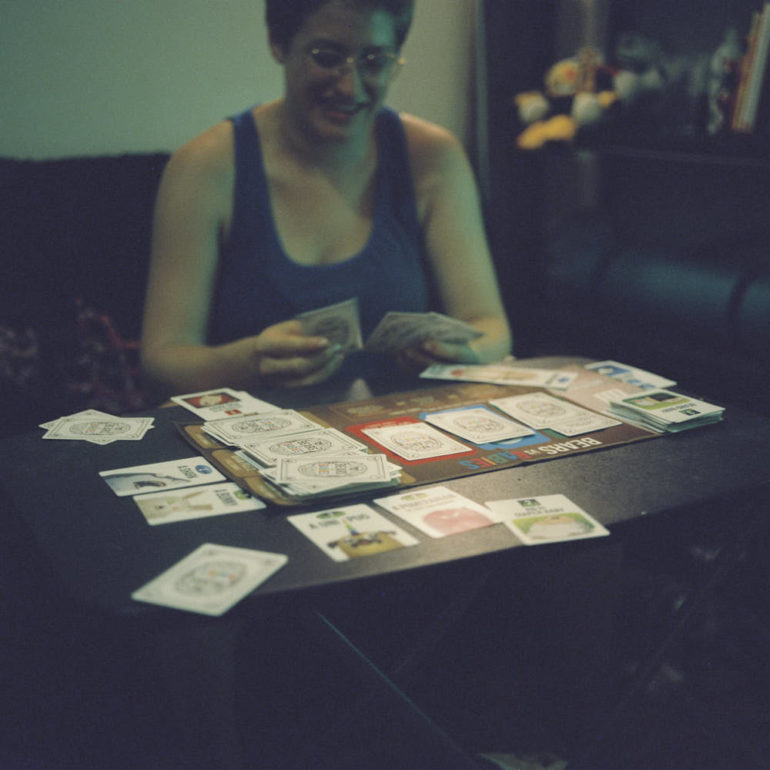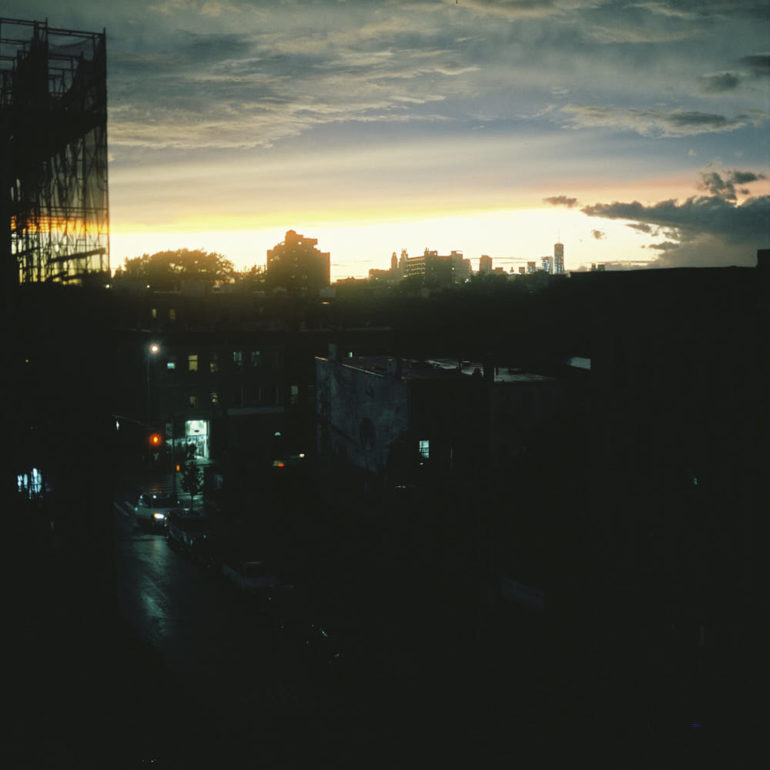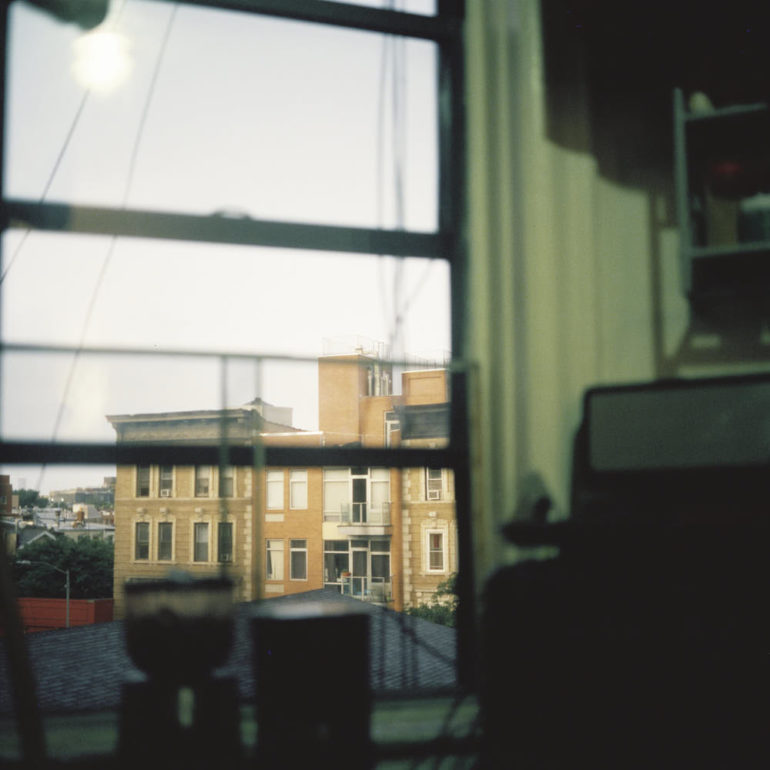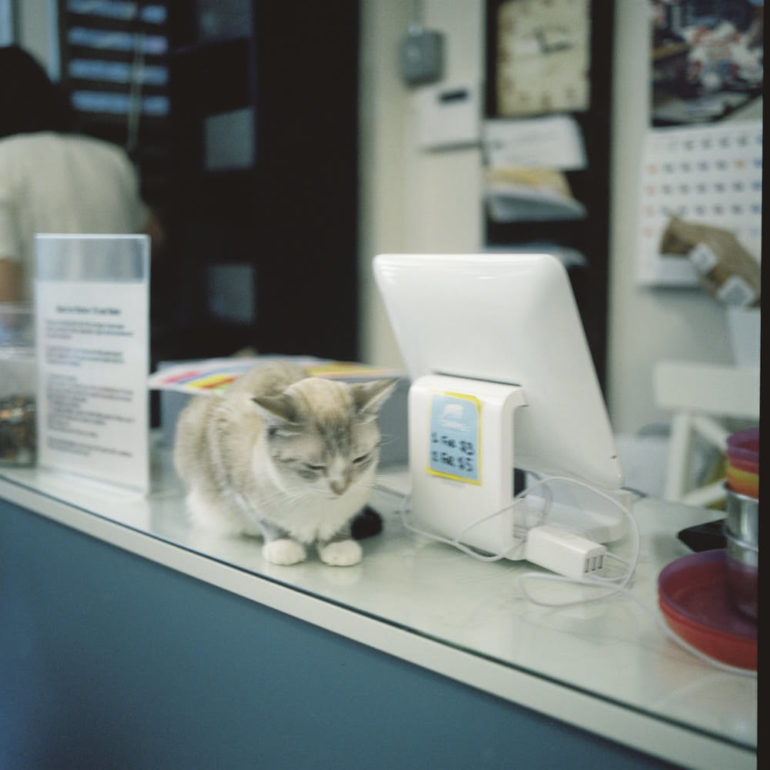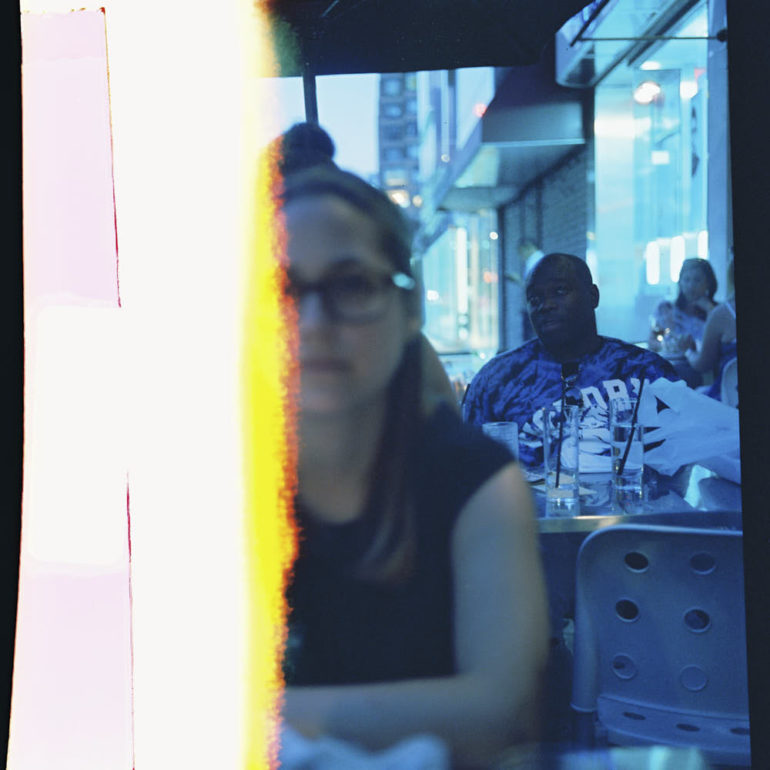The Mamiya 6 is a camera that I’ve lusted after for many years; and when the opportunity to get one with two lenses for an absolutely unheard of price, I knew that I needed to spring for it. As one of the few great compact interchangeable lens rangefinders that use medium format film, the Mamiya 6 is in my mind one of the most perfect square format cameras ever made. While some may pledge allegiance to Hasselblad and other to Bronica when it comes to SLR cameras, still other will stand by some of the best TLR options on the market that shoot 6×6 format. In many ways, I want you to imagine a Leica M series camera but bigger and plastic. On top of that, this camera is collapsible and has a few features to it that could be considered quirks but in other ways are fail safes.
If you’re the type of photographer that needs a compact medium format shooter the way that I do, then there is almost nothing better.
Pros and Cons
Pros
- Mamiya’s lenses are legendary
- Collapses to become even smaller
- Shutter cocking mechanism that needs to be cocked after loading up new film helps ensure future shutter problems
- Fairly bright rangefinder
- Electronic metering
- Silent, well, almost
- So incredibly lightweight
- You’ll want to take this everywhere
Cons
- Can be expensive for sure.
Gear Used
We used the Mamiya 6 with the 75mm f3.5, 150mm f4, Lomography Color 800 film, Lomography Color Negative 400 film, Lomography Lady Grey 400 black and white film, Kodak Portra 800 film, Cinestill 800T film, and s Hawkesmill leather camera strap.
Tech Specs
Specs taken from the CNet listing
GENERAL
-
Depth2.7 in
-
Camera TypeRangefinder
-
ManufacturerMamiya America Corporation
CAMERA FLASH
-
Typenone
MIDDLE / LARGE FORMAT CAMERA
-
Film Back Film Formatstype 120, type 220
-
Film Back Frame Size6 x 6 cm
VIEWFINDER
-
Field Coverage83%
-
Viewfinder FramesParallactic frame
-
TypeReal-image
CAMERA
-
Exposure Range DetailsEV 3.5-18 ( ISO 100 )
-
Typerangefinder
-
Camera Formatmedium
-
Min Exposure1/500 sec
-
Max Exposure4 sec
-
Exposure Modesaperture-priority, manual
-
Shutter Controlelectronic
-
Timer Functionsself timer
-
Self-Timer Delay10 sec
-
Lens System Presenceoptional (body only)
-
Exposure Compensation±2 EV range, in 1/3 EV steps
-
X-sync Speed1/500 sec
-
Film Speed RangeISO 25 – 1600
-
Film Advancemanual
-
Flash TerminalPC terminal, hot shoe
-
Featuresautoexposure lock
SHUTTER
-
Shutter Featuresx-synchronized
BATTERY
-
Required Qty2
-
Form FactorLR44
HEADER
-
BrandMamiya
-
Product LineMamiya
-
Model6
-
Packaged Quantity1
EXPOSURE RANGE
-
Light Metering RangeEV 3.5-18
-
SensitivityISO 100
DIMENSIONS & WEIGHT
-
Width6.1 in
-
Height4.3 in
-
Weight1.96 lbs
MIDDLE / LARGE FORMAT CAMERAS SHUTTER
-
Typeleaf
OPTICAL VIEWFINDER
-
Typereal-image
-
Field Coverage83%
-
Magnification0.58x
-
Viewfinder Framesparallactic frame
GENERAL
-
ManufacturerMamiya America Corporation
Ergonomics
The Mamiya 6 is a camera that is very much a rangefinder. You can pretty easily tell this by looking at it from the front. The only sort of controls here are the button that releases the lens and the one that extended and collapses it from the rest of the body. When you look at the front, you’ll also spot a number of other windows.
Here’s a top down view of the Mamiya 6 with the lens collapsed. Here you can see the ISO/Shutter speed dial, the film advance lever, and the hot shoe. Plus there’s the Mamiya branding. Like Fujifilm’s X Pro 2 that too many people hate because they’ve only entered the photo world in the past few years, this one you’ll need to lift up and twist in order to actually change the ISO.
With the lens extended, here’s what the camera looks like. I wouldn’t put the camera in my Vinta backpack with the lens extended but with it collapsed it fits just fine.
Turn to the back of the Mamiya 6 and what you’ll find is the viewfinder screen, a PC sync port, and a spot for you to hold a little tidbit of the film to remind you what film you’re shooting.
Then here’s a unique part of the Mamiya 6. After you’re done shooting a roll of film, you’re going to load up a brand new roll. In order to get the shutter working again, you’ll need to turn this mechanism until it clicks. Then the shutter is cocked and ready again. This helps prolong the life of the shutter in between uses.
Build Quality
One of the few problems that I have with the Mamiya 6 is with the build quality. By all means, it isn’t bad at all. But the body is made from a whole lot of plastic. Perhaps this is to keep the camera lightweight and I applaud that. But in that case, you’ll essentially treat this camera with the same care and quality that you would a digital camera. When it gets wet outside, you may want to head under an awning or simply just put the camera and lens away altogether.
Ease of Use
The Mamiya 6 is a manual focus camera and can be even more difficult to work with than film SLRs. Some film SLRs have interchangeable backs. This camera doesn’t. But it has some intricacies that if you aren’t used to shoot film, you shouldn’t jump into just yet. Indeed, I really want to recommend the Mamiya 6 to only advanced photographers that understand a number of parameters–the least of which is remembering to change the ISO setting when you put in new film.
Focusing
The Mamiya 6 uses a rangefinder that is modestly bright. It focuses in low light, but you really have to be careful, slow, and thorough. Plus, I wouldn’t really use this camera for zone focusing and street photography unless you’re determined to look through the viewfinder and get the focusing perfect. Otherwise, it just isn’t really worth it. However, that still means that the Mamiya 6 is great for documentary work providing that you can go slow and careful when shooting with it.
Image Quality
The image quality from the Mamiya 6 depends a whole lot on the film and the lenses that you’re using. The lenses from Mamiya are fantastic, and there is very little to complain about there. Let me show you.
Lomography Color 800 film
Lomography Lady Grey 400 black and white film
Kodak Portra 800 film
Cinestill 800T film
Conclusions
I’ve been on the search for the perfect medium format film camera for me for years now. This, the Fujifilm GW690 III, and the Mamiya RB67 Pro S are amongst my favorites. I prefer to have a multitude of formats and cameras that can handle different situations accordingly. But of any of those, the Mamiya 6 seems to offer the most versatility. I can use it for documentary work, studio work, landscapes, portraiture, and so much. It’s just meant to be a damned good professional film camera.
And for that reason, the Mamiya 6 gets my absolute highest recommendations.
All film was scanned and processed by Lomography.


